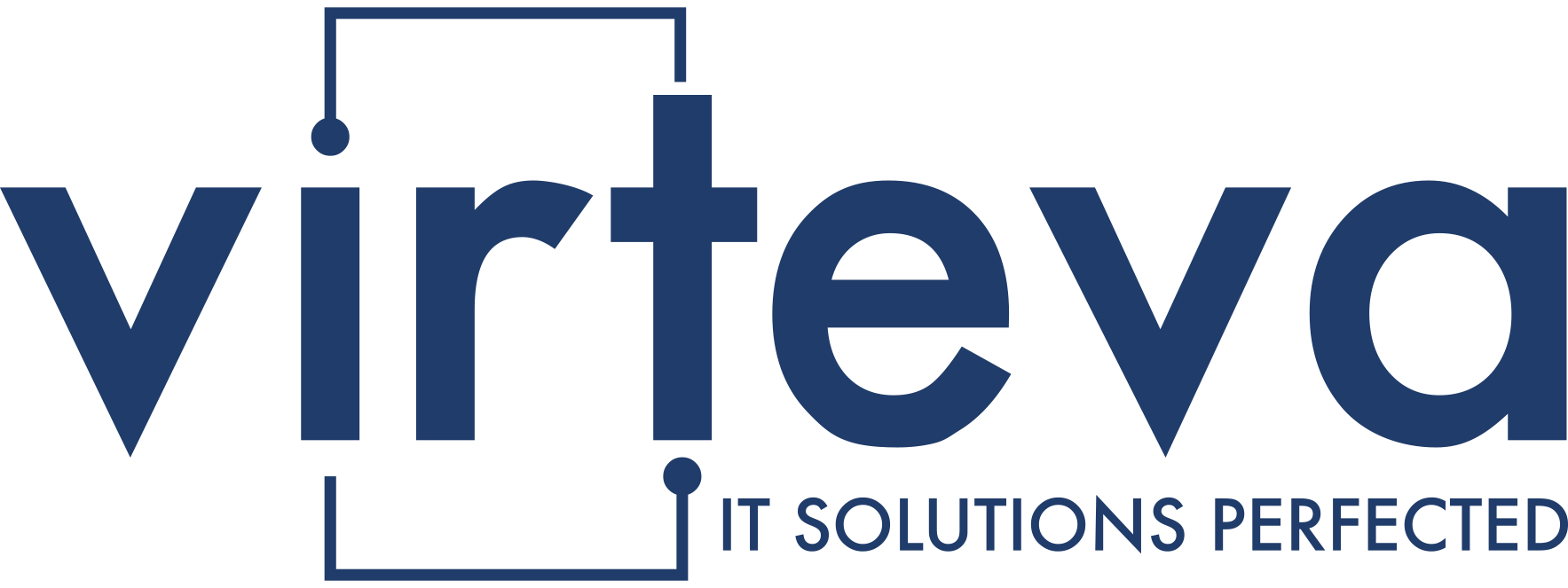The work landscape has changed dramatically as more people shift to working from home than ever before. People are searching for more productive solutions, and although remote communication can be difficult, if you have the right platform in place, it can make all the difference to how your remote employees communicate and feel connected to the company.
One of the most comprehensive employee collaboration platforms available is Microsoft Teams. Featuring all-in-one communication and collaboration, Microsoft Teams allows its users to do more than host video conference calls: It strives to provide a space where they can do everything on a single platform. Teams also allows organizations to integrate existing media such as ServiceNow into the platform’s experience.
Once you realize that Microsoft Teams is the platform for you, starting the onboarding and implementation process is relatively easy. The tricky part is learning how to incorporate it into your organization efficiently. Where do you even begin? How can you ensure that your employees reap all of its benefits as early as possible to gain some early wins? Here are a few helpful tips to get you started.
Drive Value from Day One by Examining Your Company Culture
Microsoft Teams is continually evolving to accommodate its users’ needs. To stay one step ahead of these changes, you’re going to need a cross-functional committee to become the go-to group in charge of driving implementation. Not only will this ensure more seamless integration of the platform, but it will also help you learn to anticipate problems and stay on top of frequent changes before they occur. Using Microsoft Teams requires agility, so you should prepare your team early on by giving them the representation they need. Also, having someone “own” the implementation will provide you with the foundation you need to onboard new enhancements as they are added in the future.
Think beyond the IT side of implementing new technology. These changes affect your employees’ day-to-day operations. The key to any successful technology implementation is to know your users’ needs and how they work. Even so, we know that IT implementations are not always met with open arms by all. Introducing new technology could meet some resistance. To combat this, consider conducting user surveys to examine the company culture, identify areas of possible adoption reluctance, and address any concerns with the group. Remember, regular communication is key to a thriving workplace, especially when introducing something new to the environment.
Create a Strategy and Keep It Flexible
Once you’ve put a committee in charge of Microsoft Teams implementation, get to work on producing a strategy to ensure an effective and time-efficient onboarding process. To get the most out of the platform, start by driving organizational change within your business first. This step is where the go-to adoption committee you choose comes in handy. With the information they have collected about your organization’s internal needs, create a roadmap and plan for possible roadblocks. The plan should be adaptable—you may have to shift focus as new features become available or new employee needs arise.
Your main goal is to enable your organization to get the most out of the platform as they can, not just turn it on for a brief meeting every day. To ensure adequate understanding and engagement, break down your strategy into digestible chunks that you can slowly introduce to your team’s daily operations. Invest in proper training and allow your employees to learn each process before expecting full implementation.
Consider incorporating weekly or monthly technology training sessions that each break down a different feature of Microsoft Teams. These don’t have to be your typical dull training session; you can conduct them in any fun and engaging way that captures your company culture, like an interactive game presentation or a lunch and learn session with trivia related to what they are learning.
Ensure Continuous Integration with the Adoption App
Now that you have analyzed your company’s culture and created an adaptable strategy, you are ready to implement Microsoft Teams and start using the best features for you. As you proceed, consider measuring success metrics to evaluate whether your employees are getting the most out of Teams. The Adoption App makes the process of continuous integration much more manageable.
The Adoption App uses Teams as a Platform to break down the many features offered by technology platforms and allow users to quickly and efficiently reap the benefits of their technology. Because the app is customizable, you can use the tool however you see fit. However, here are a few of the best features that may help with your implementation of Microsoft Teams:
- Microsoft Store Customer Success Training: A program with hands-on, instructor-led training sessions
- Microsoft 365 Learning Pathways: A solution designed to help your employees adapt to Microsoft 365 services
- MS Teams How-To Training Videos: Introduces users to the tasks and features Microsoft Teams provides
- MS Forms: Feedback form surveys you can use to capture feedback on Microsoft services or other platforms
Not only does the Adoption App help drive the adoption of Microsoft Teams, but you can also use it to implement other technologies, allowing you to store all information in one easy-to-use platform. With this Microsoft Teams app, you will be able to ensure that your employees see continuous results and get the most out of every tech solution you provide them.
As Microsoft continues to evolve to match its customer’s needs, new platforms such as Microsoft Viva, the company’s latest EXP, may start to handle these training workloads. Make sure to have your adoption committee stay current on news updates to avoid missing out on improvements that could be made to your processes.
With these tips, you’ll be using Microsoft Teams as part of your daily operations in no time. Your employees will become experts on its many features, including using the platform for communication, file collaboration, discovering important company information, and daily meetings.
To learn more about Microsoft Teams and how it can enable your remote workforce, reach out to us at LetsTalk@crossfuze.com. You’re also invited to watch this Crossfuze Fast 15 video that discusses Microsoft Teams as it relates to supporting the new remote workforce.




